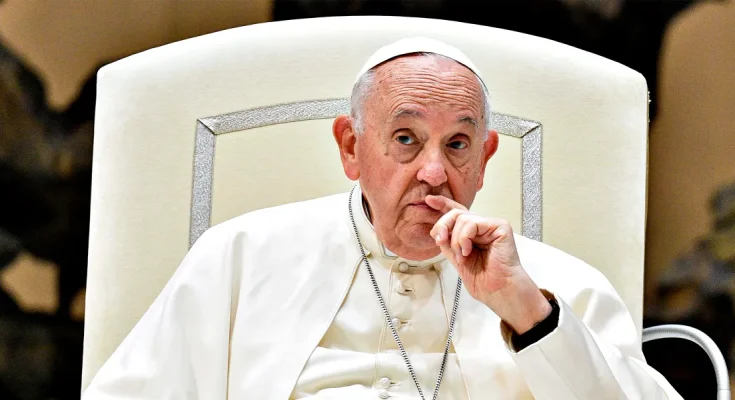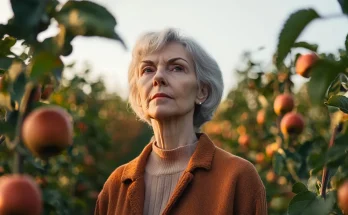Millions of Catholics await a new leader as the Church enters a period of transition. With over 100 voting cardinals already in the Vatican, the conclave to choose Pope Francis’ successor is set to begin next month.
The death of Pope Francis has triggered a sacred and centuries-old process to select his successor. On May 7, cardinals from around the world will gather in the Vatican to elect the next pope in a conclave held inside the Sistine Chapel.
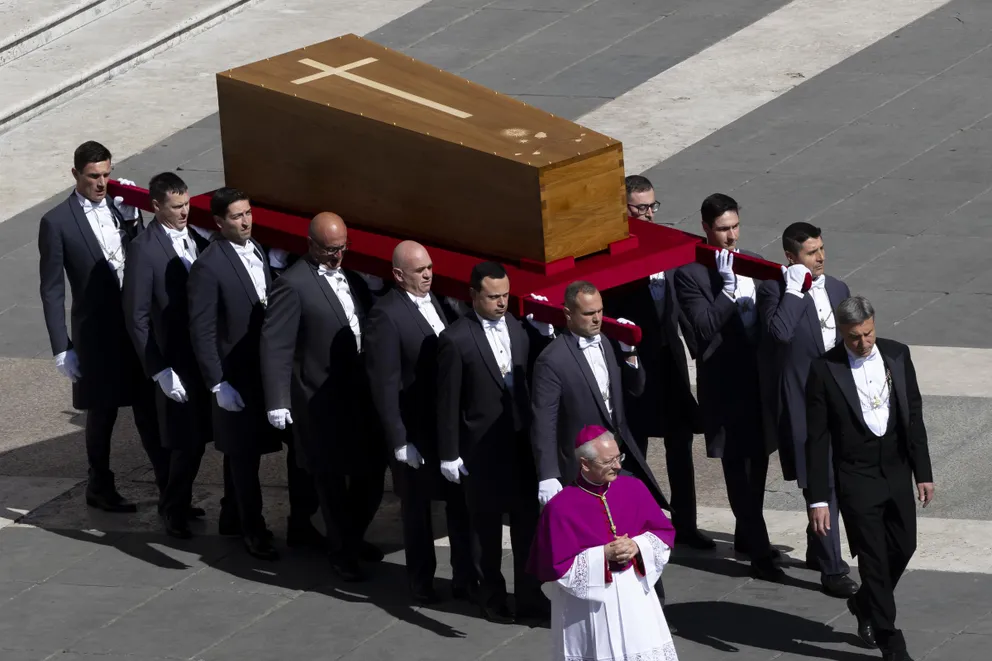
This decision will be shaped not only by the Church’s current challenges, but also by those who are seen as capable of meeting them. A closer look at the leading figures offers insight into the possibilities ahead.
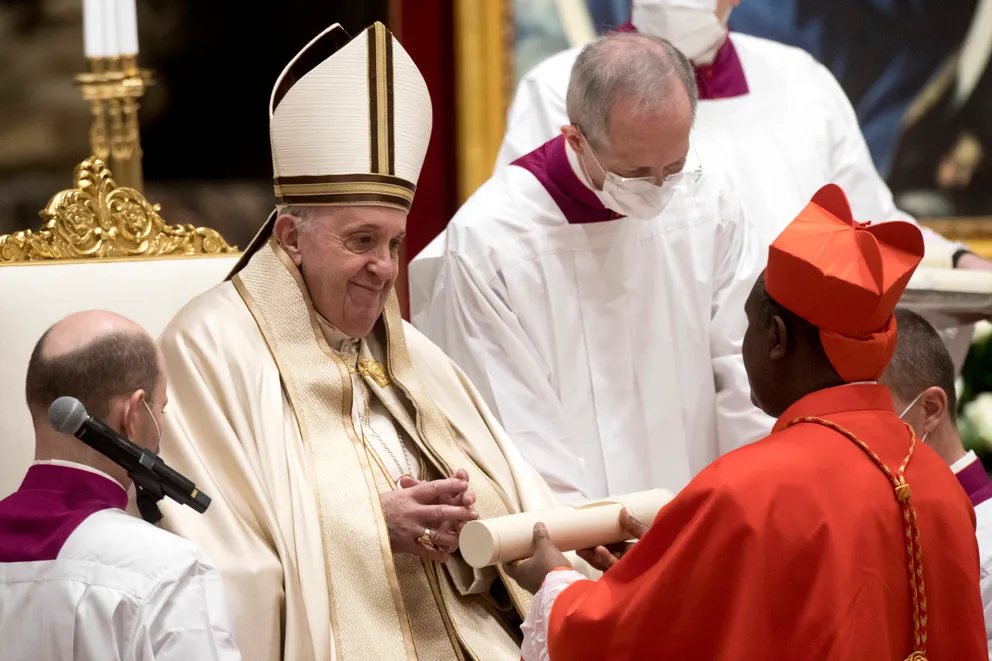
The Leading Contenders for the Papacy
As the College of Cardinals prepares to vote, 135 cardinals under the age of 80 are eligible to participate in the conclave. Among them, some potential successors have emerged, each bringing unique experience, theological perspective, and global representation.
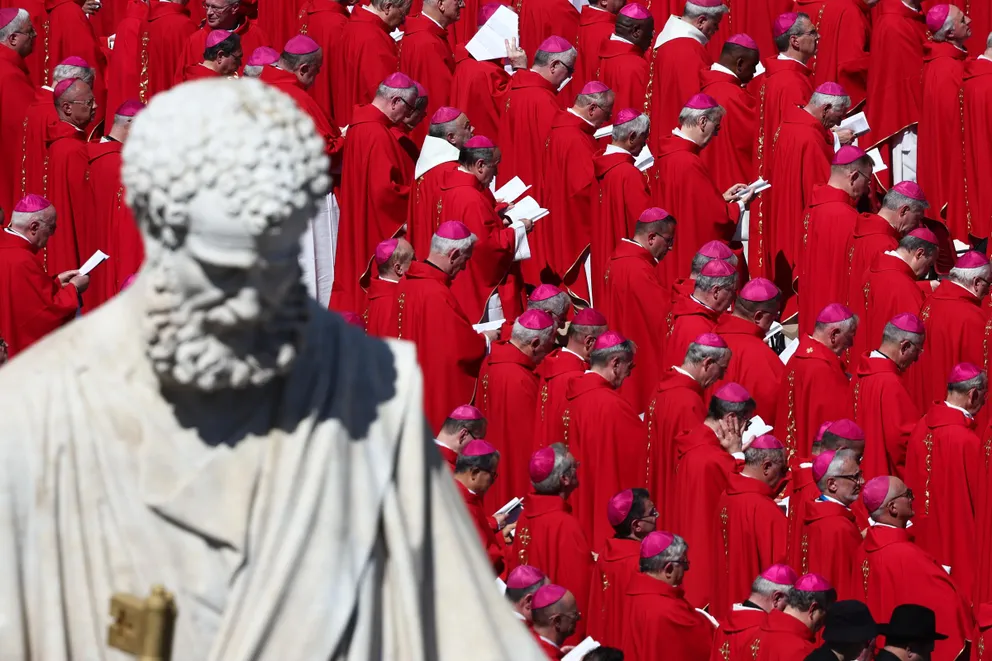
Cardinal Peter Erdo – Hungary
Erdo, 72, is the Archbishop of Budapest and one of the most senior Catholic leaders in Central Europe. He is a canon lawyer and leads the Church in a country where most of the population identifies as Christian. Erdő is known for supporting the pope’s efforts to build stronger ties with Orthodox Christians.
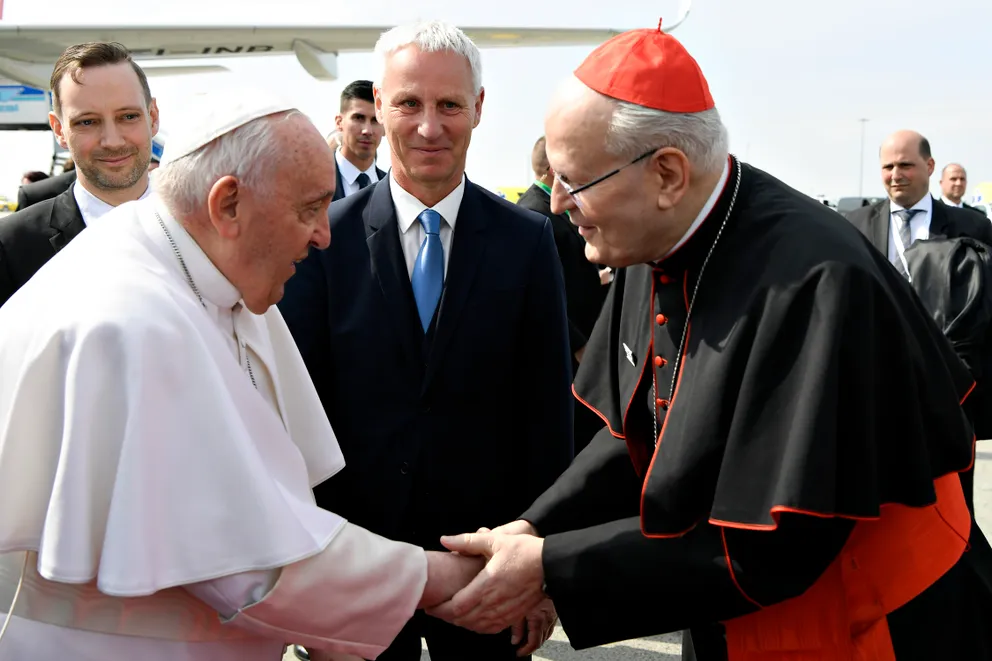
Cardinal Fridolin Ambongo – Democratic Republic of Congo
The Archbishop of Kinshasa and president of the Symposium of Episcopal Conferences of Africa and Madagascar, Ambongo, gained international attention by leading African bishops in unanimously rejecting Fiducia Supplicans, a 2023 Vatican declaration on blessings for same-sex couples.
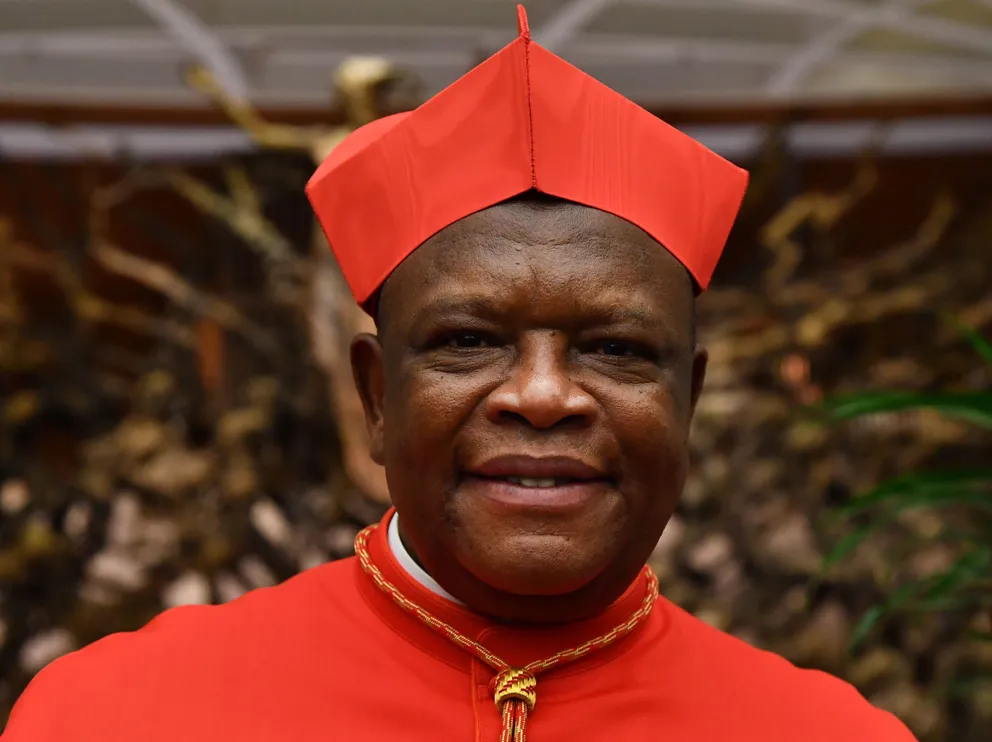
Cardinal Mario Grech – Malta
Grech, 68, serves as Secretary General for the Synod of Bishops. A canon lawyer by training, he has played a central role in reshaping Church governance to be more consultative and inclusive, aligning with Francis’ vision.
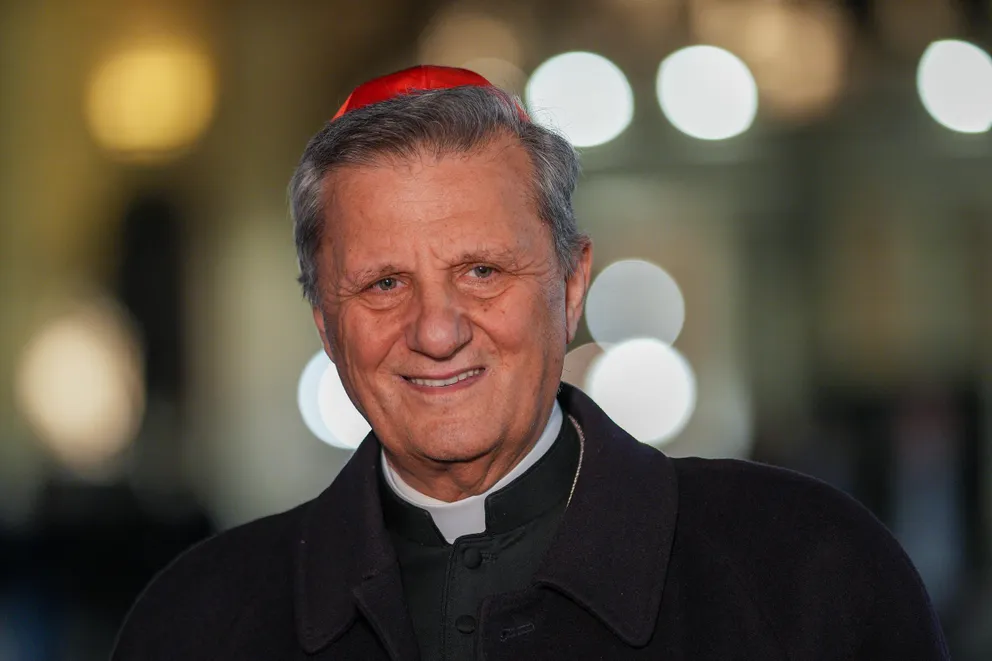
Cardinal Pietro Parolin – Italy
At 70, Parolin is the Vatican’s Secretary of State and a seasoned diplomat. Often seen as the second-most powerful figure at the Holy See, he has remained a key presence throughout Francis’s pontificate, though he lacks pastoral experience.
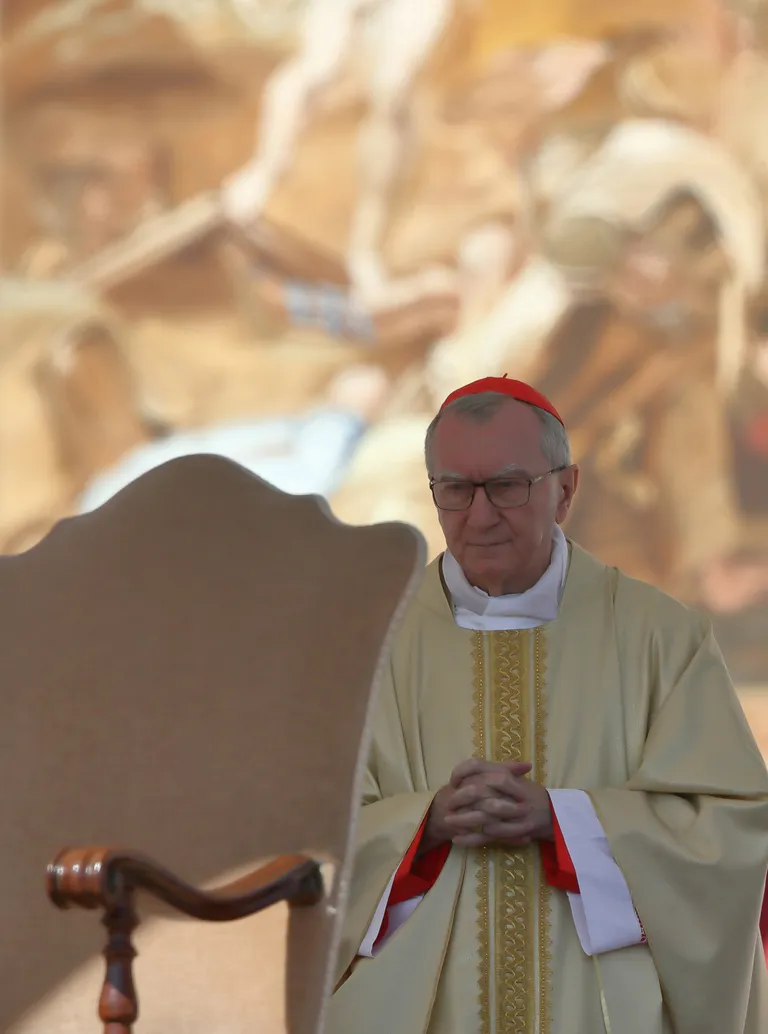
Cardinal Pierbattista Pizzaballa – Jerusalem
The 60-year-old Latin Patriarch of Jerusalem, Pizzaballa, has earned respect for his pastoral leadership and public engagement during the Israel-Hamas conflict, including visiting Gaza amid the violence.
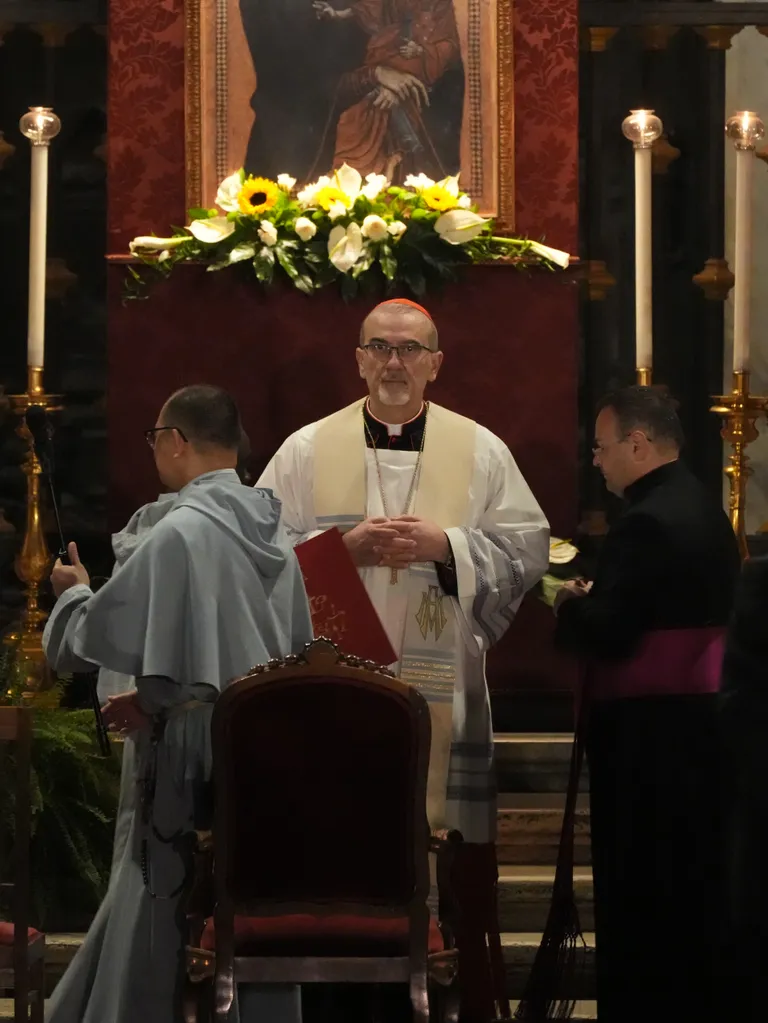
Cardinal Luis Tagle – Philippines
Tagle, 67, is pro-prefect for the Congregation for the Evangelization of Peoples. Nicknamed the “Asian Francis,” he is known for his missionary zeal, care for the marginalized, and inclusive approach to LGBTQ Catholics and those divorced and remarried.

Cardinal Matteo Zuppi – Italy
Zuppi, 69, is the Archbishop of Bologna and president of the Italian Bishops’ Conference. Recognized for his work among the poor and his support for modernizing the Church, he is inclusive of same-sex couples and promotes interfaith dialogue.

Cardinal Anders Arborelius – Sweden
At 75, Arborelius is the Archbishop of Stockholm and the first cardinal from Scandinavia. A convert from Lutheranism, he is a traditionalist on issues of gender and sexuality, and advocates for environmental stewardship.
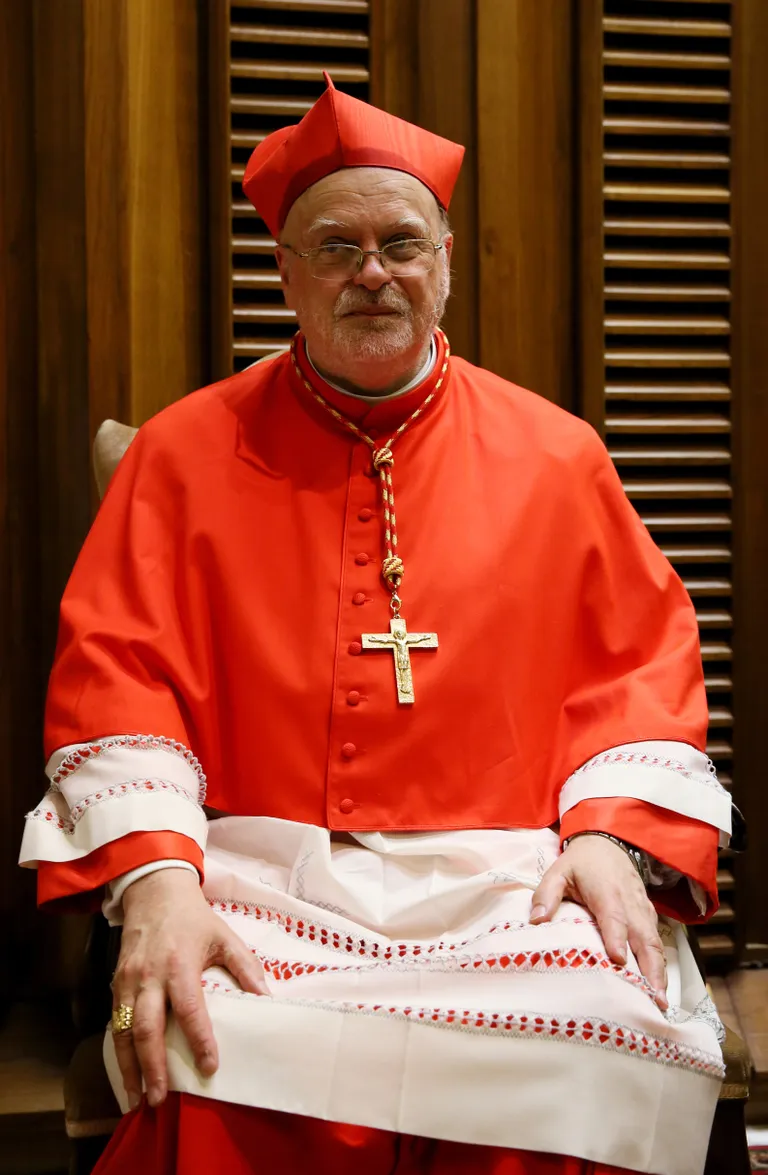
Cardinal Gérald Cyprien Lacroix – Canada
The 67-year-old Archbishop of Quebec has a background in missionary work and seminary education in Colombia. He is considered a strong pastoral leader with solid managerial experience.
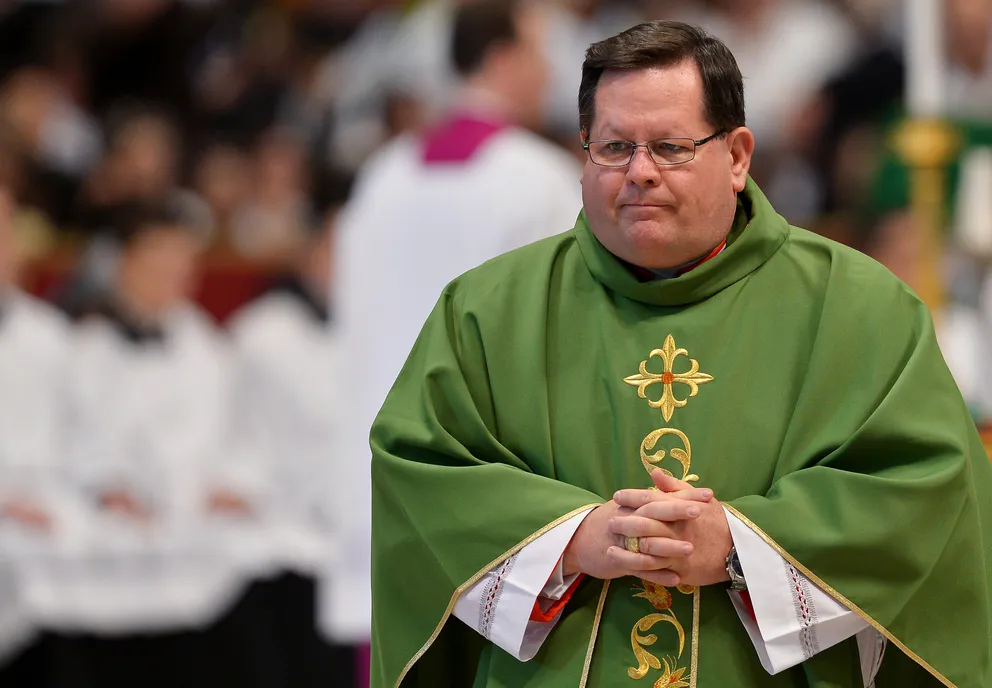
The diversity of profiles among these men reflects a wide spectrum of priorities within the Church. Their names have prompted reflection and analysis from those observing this transition closely.
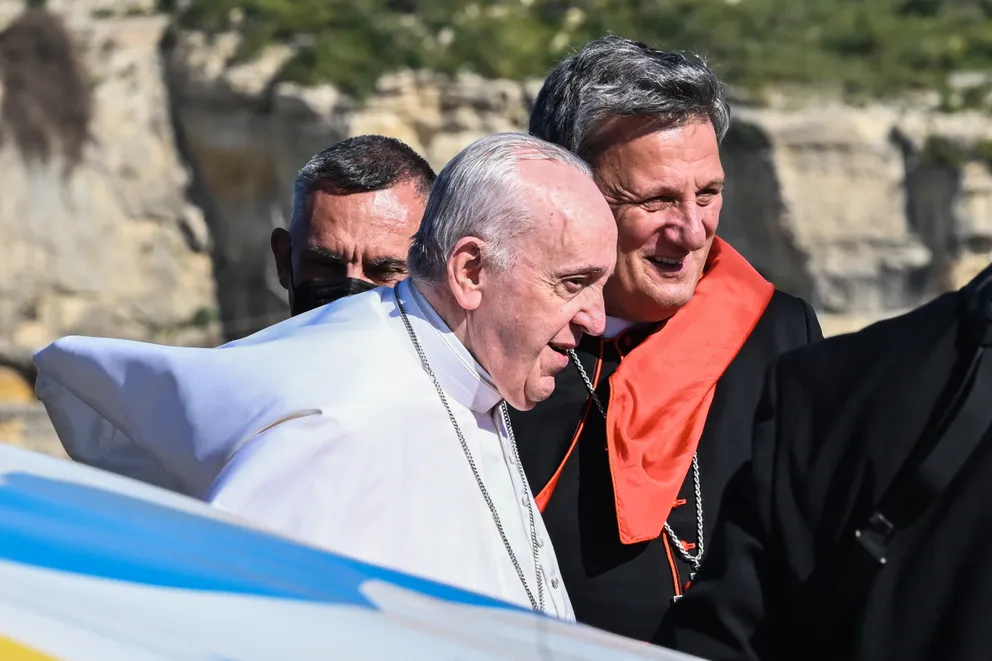
What Analysts Are Watching
Beyond résumés and reputations, Vatican analysts closely observe the ideological and strategic forces shaping this election. Senior Vatican analyst George Weigel described this conclave as unusually open.
“This is gonna be a very open process, it seems to me,” he said. “Two things are most important — one, does this man communicate a vibrant, energizing face? And secondly, can he govern?”
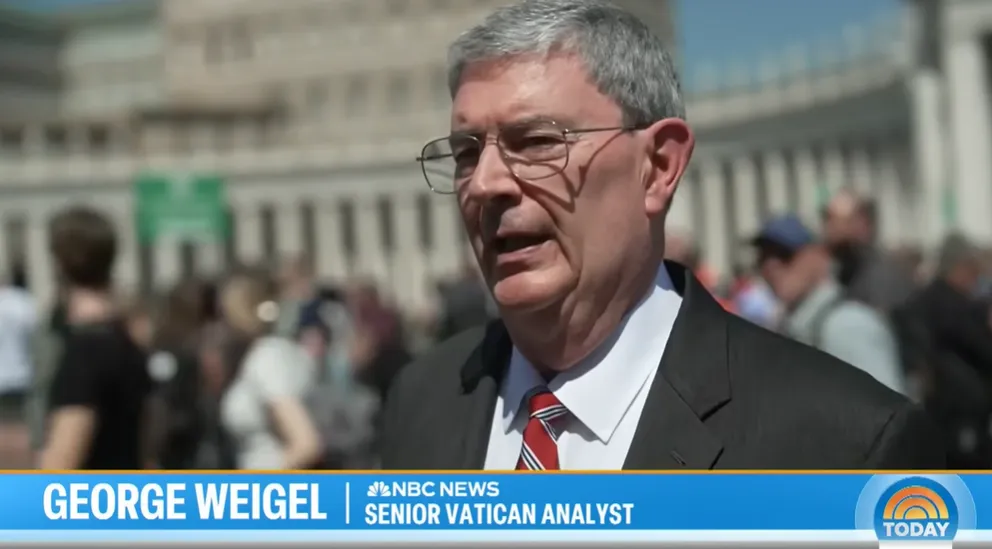
Christopher White, a Vatican analyst, said the Church is facing a crucial decision. “I think it’s fair to say the Church is at a crossroads right now,” he explained. The cardinals must decide whether to continue with the reforms Pope Francis began — “opening the Catholic Church up to the modern world” — or take a different direction. “That’s the big question the cardinals will face when they have the backdoor meetings in the coming weeks,” he said.
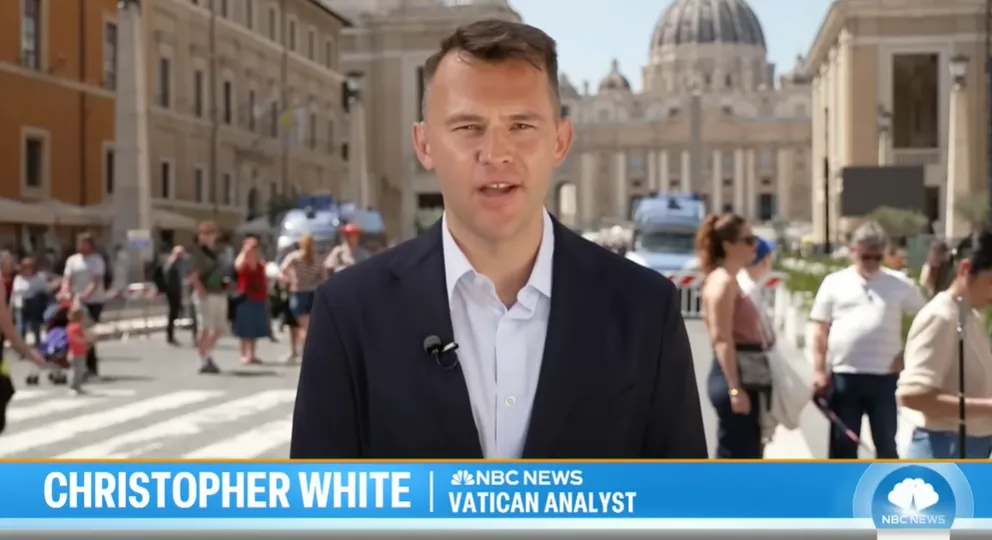
White pointed out that Francis named around 80% of the men who will elect the next pope. “Because of that, it’s fair to share they mostly share his same priorities,” he added.
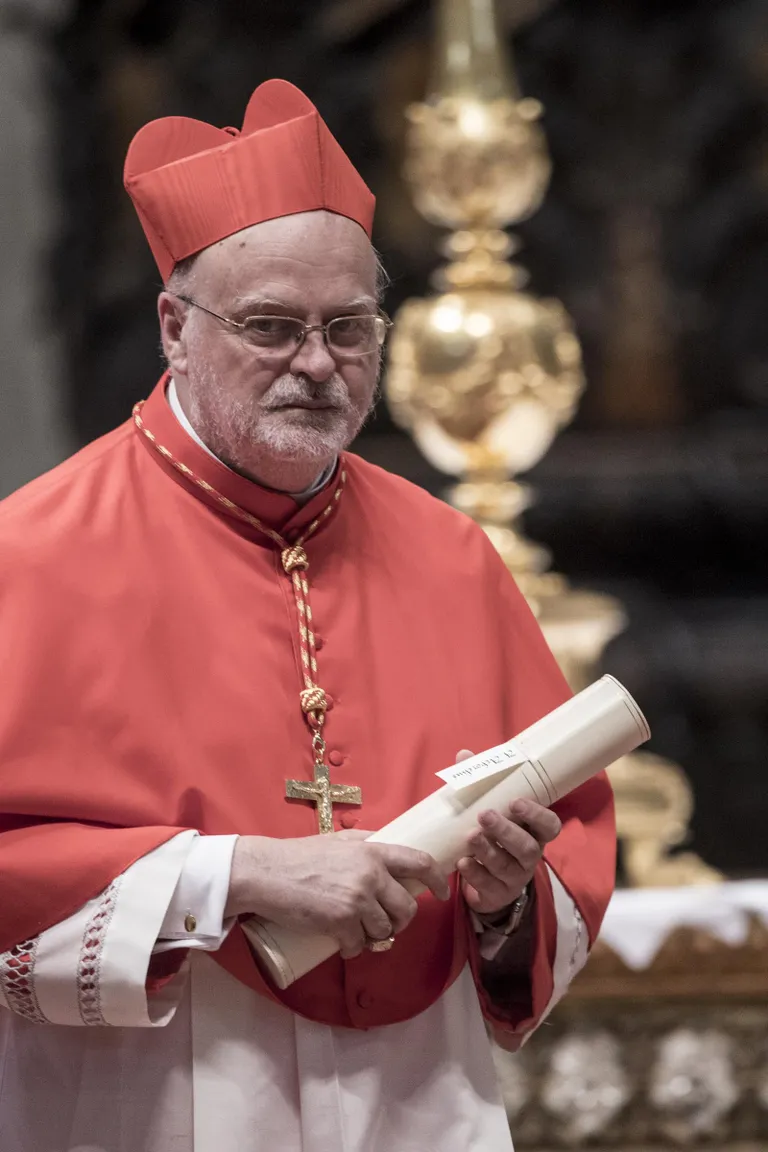
When asked about Italian contenders, White said, “For a long time, there’s been an appetite to resist giving the papacy back to the Italians. We have a Polish pope, a German pope, and then an Argentinian pope. Is this a moment for the Italians?”
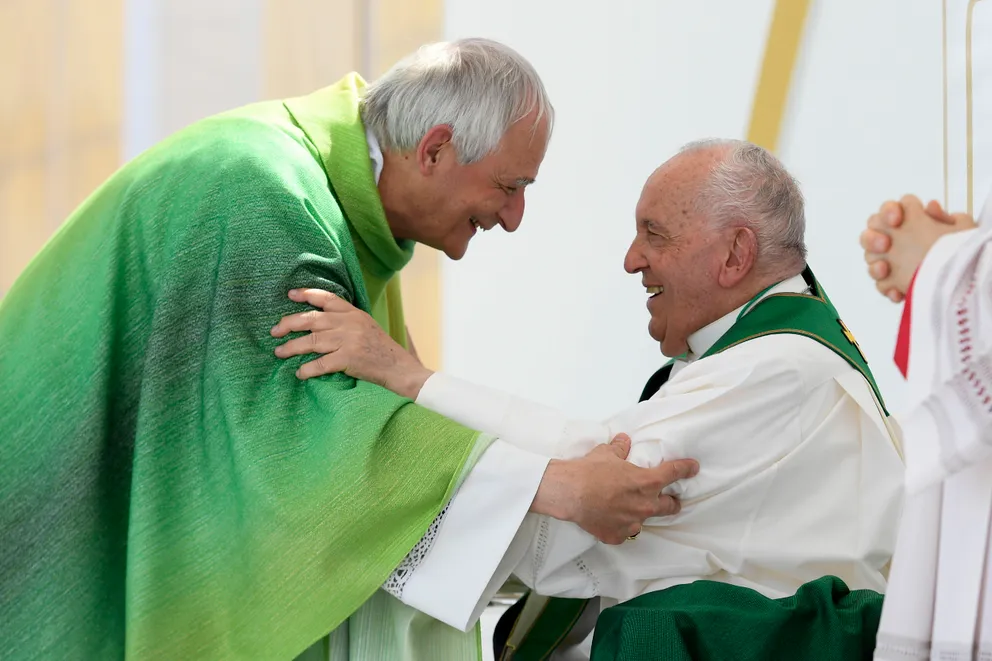
He noted that if an Italian is chosen, “I think Cardinal Pietro Parolin, who is Pope Francis’ Secretary of State, his top diplomat — he is a contender. He has name recognition, and so he has to be taken seriously.” But he cautioned that Parolin does not have pastoral experience. “For Pope Francis, he said he wants leaders to have the smell of the sheep, to be with the people — and so it’s hard to square that vision with Parolin’s résumé,” White remarked.
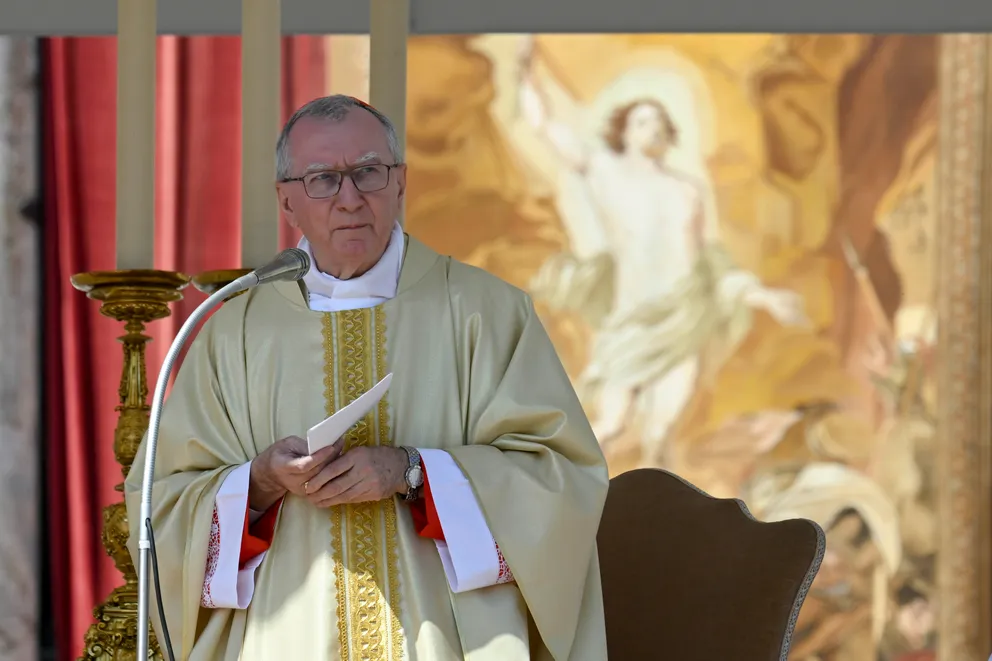
White also commented on Pizzaballa, saying his name has surfaced because “he is very well aware of the geopolitical circumstances of the moment.”
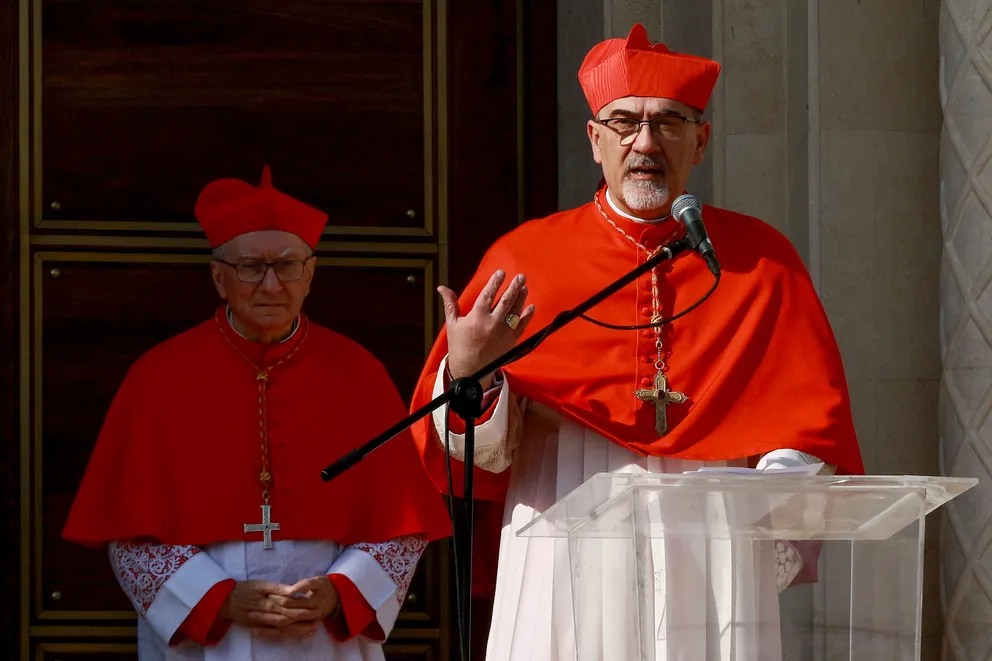
Turning to Tagle, White responded, “Cardinal Tagle was a frontrunner in 2013. In recent years, he’s been referred to as an Asian Pope Francis because of his concern for the poor, his own sort of emphasis on humility. He’s got the charisma, the wow factor that some people are really looking for in the next pope.”
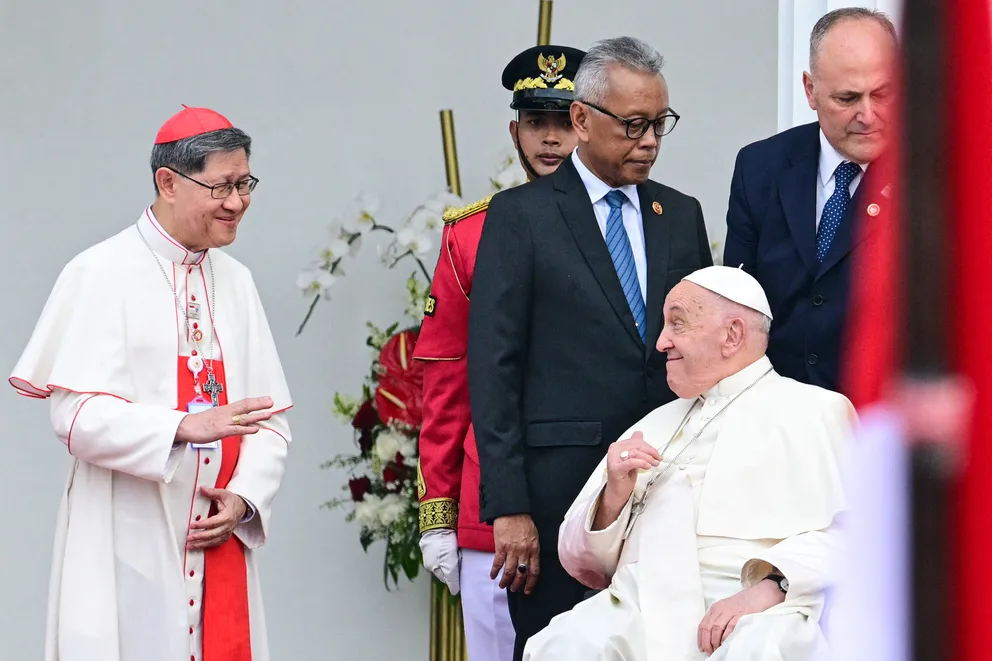
White noted that while Tagle is admired for his charisma and pastoral strengths, some cardinals are expected to examine his management record during the selection process.
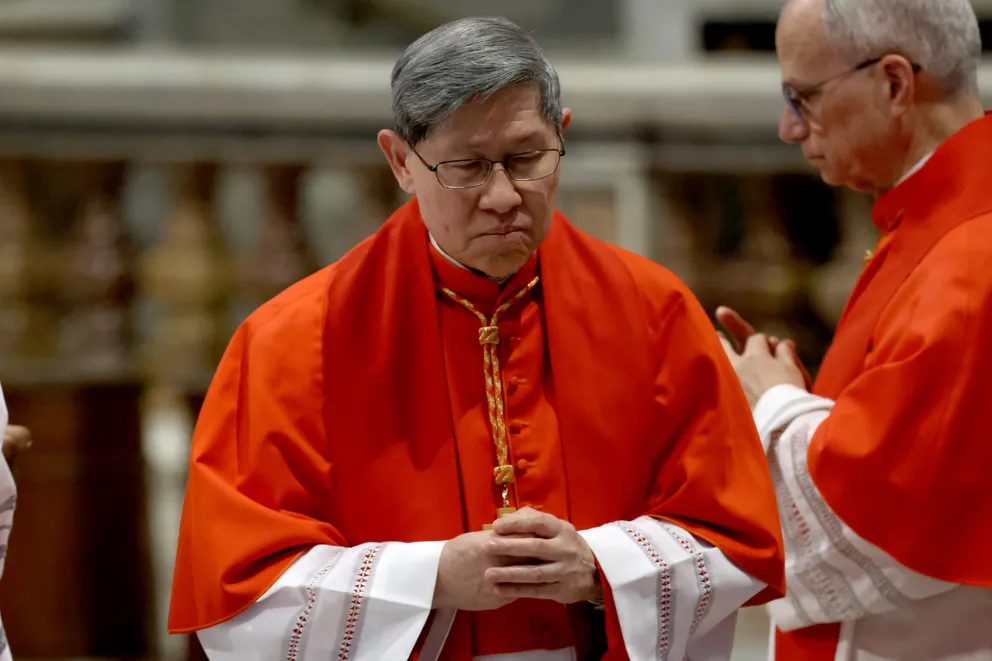
When asked about North American candidates, White mentioned two. “Cardinal Robert Prevost, who’s the head of the Vatican’s office looking for bishops around the world — he’s Chicago-born but spent most of his life outside of the United States. I think that makes him someone who knows how the Vatican works from the inside. He’s not really viewed as an American, which makes him an intriguing possibility,” he stated.
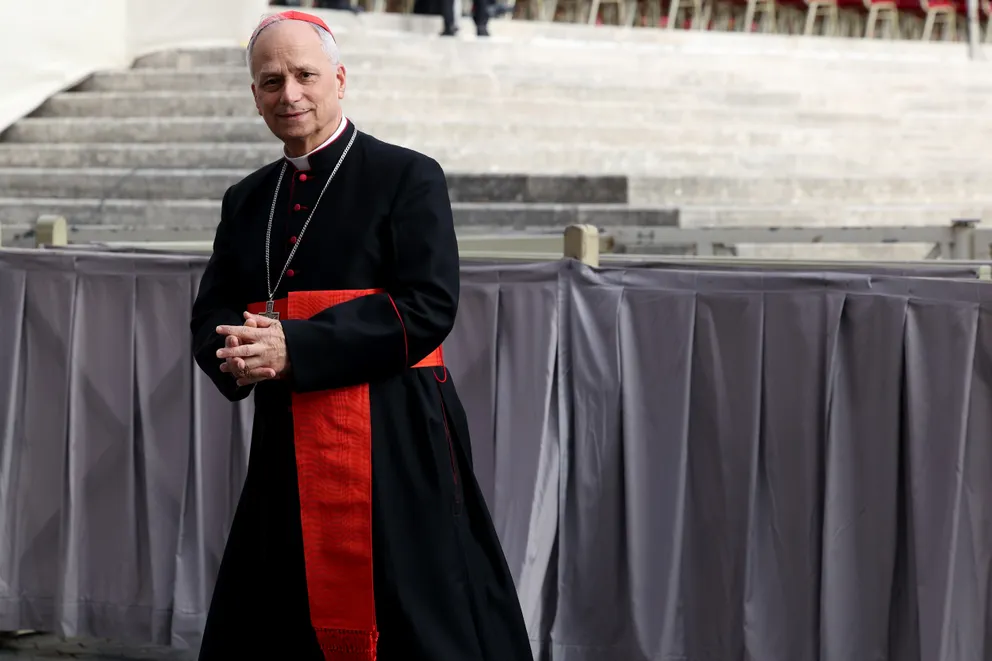
He also referred to Cardinal Lacroix, saying he “is seen as a real manager, who sort of shares the pope’s vision and pastoral priorities but more emphasis on government.”
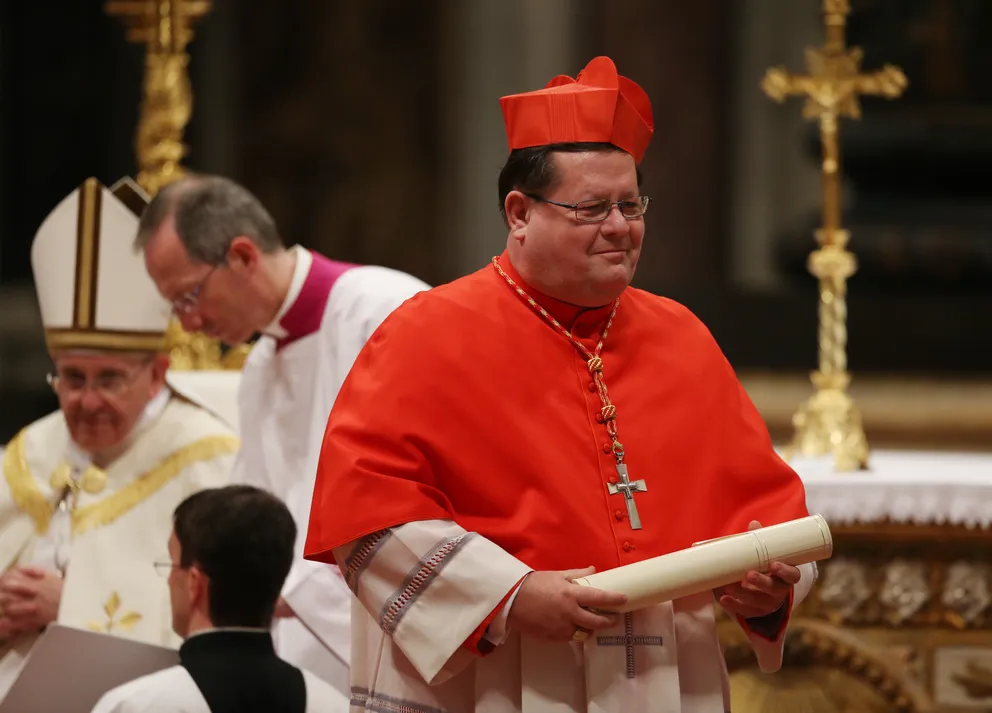
According to a report by “Today,” Cardinal Erdo is seen as a leading conservative voice and reportedly enjoys strong support among European cardinals. He is also considered politically connected, maintaining close ties with Hungarian Prime Minister Viktor Orbán.
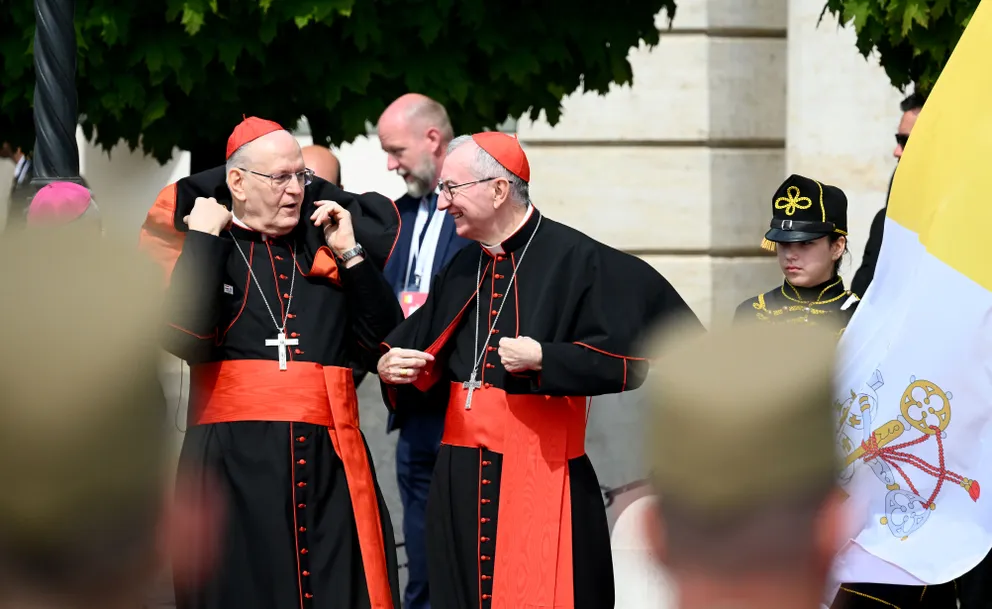
As speculation around frontrunners grows, the selection of a new pope follows a process that has remained largely unchanged for centuries.
How a New Pope Is Elected
The death of Francis triggered one of the Church’s most solemn transitions: the interregnum, when the papal seat is vacant. During this period, the Camerlengo oversees Vatican operations while the Church observes nine days of mourning, culminating in the pope’s funeral at the basilica.
According to Church rules, the conclave must begin no sooner than 15 days and no later than 20 days after the pope’s death. In this case, the election is scheduled to begin on May 7, sixteen days after Francis passed.
Vatican spokesman Matteo Bruni explained the timeline, “May 7 was chosen in part because it would allow enough time for preparations,” including installing the ballot-burning stoves.
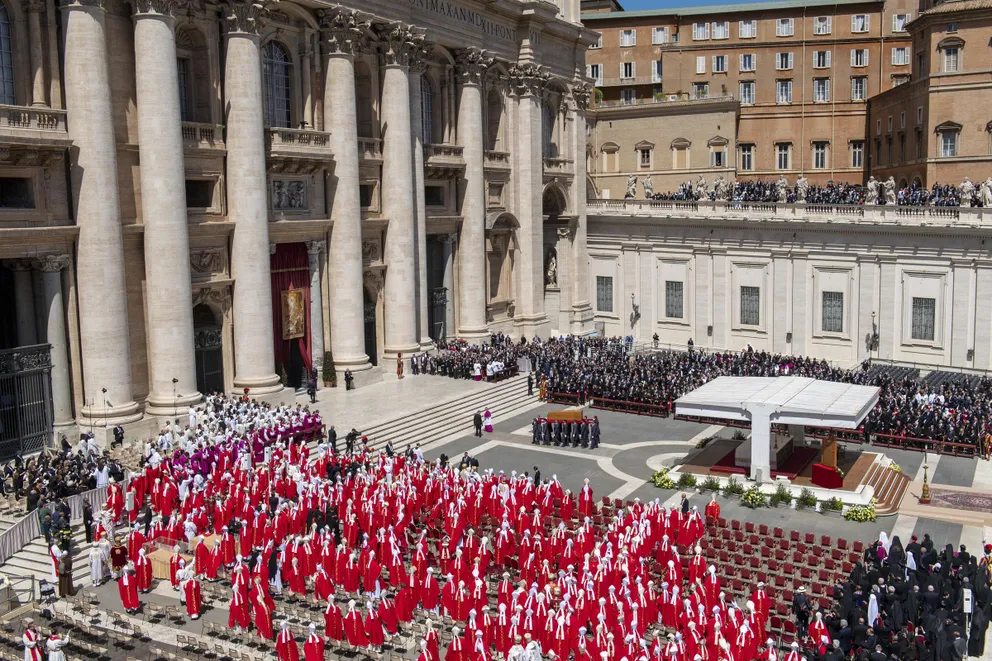
A total of 135 cardinals under the age of 80 are eligible to vote and have been summoned to Rome. According to the Vatican, by April 28, about 100 had already arrived for preliminary meetings, with others expected before the conclave begins. Of the 135 electors, 108 were appointed by Pope Francis.
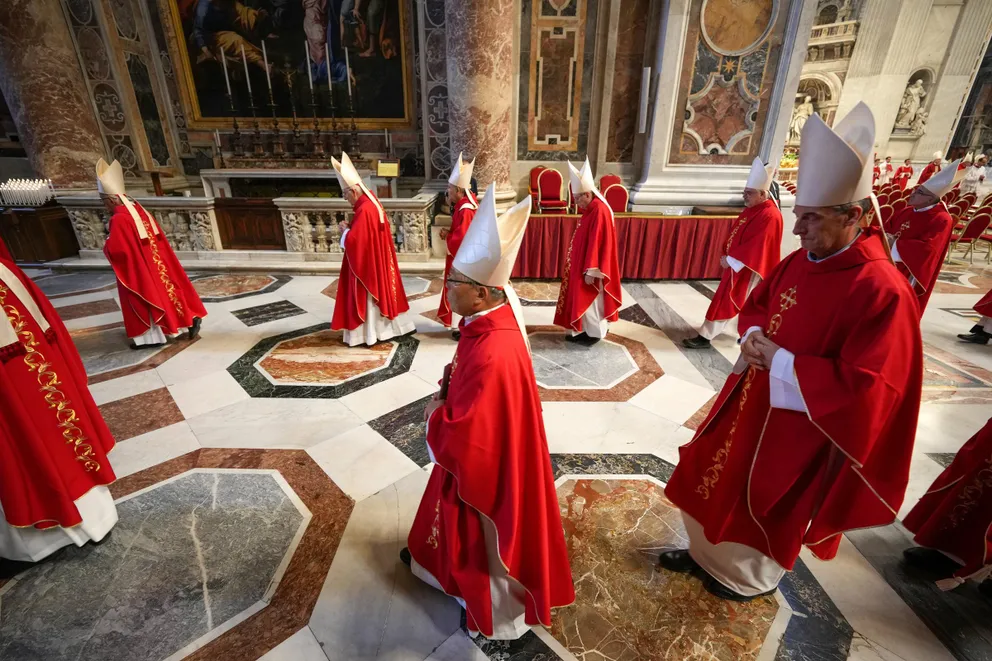
These closed-door sessions, known as general congregations, are used to organize logistics and reflect on the Church’s priorities. Though informal, they help shape how electors view the potential candidates.
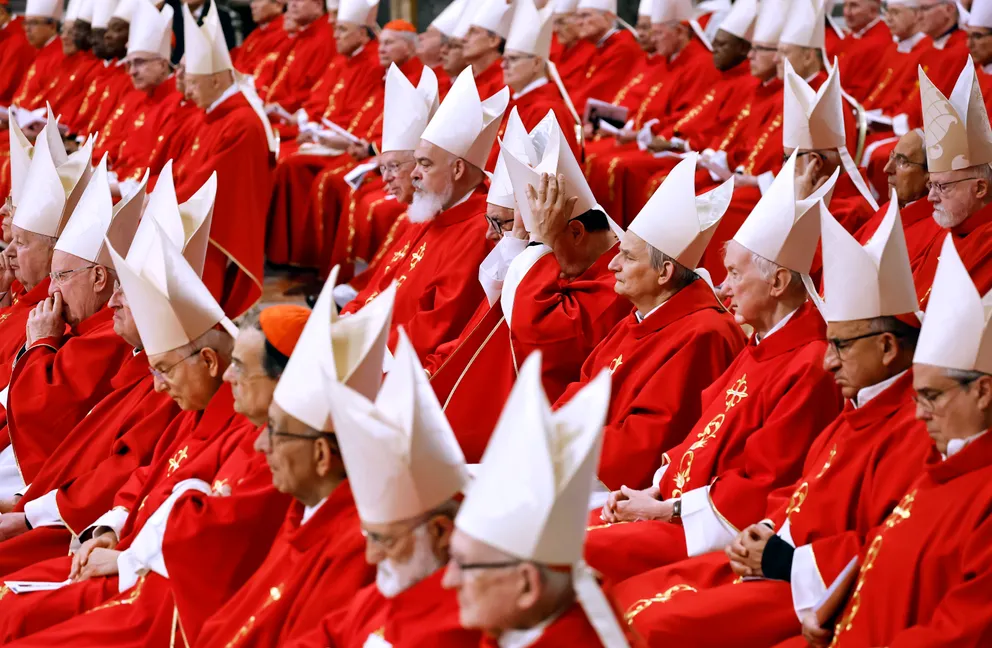
During these meetings, cardinals have been discussing the Church’s global relationships, its handling of sexual abuse, the challenge of evangelization, and other pressing issues. According to Vatican experts, factors such as a candidate’s age, nationality, and ability to address these concerns are likely to influence the final vote.
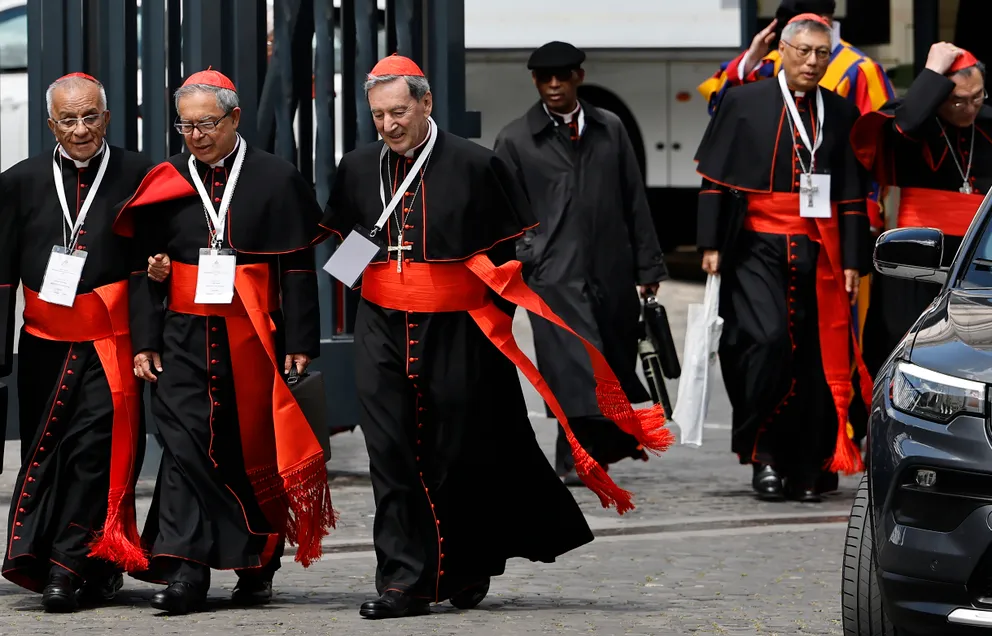
Addressing concerns about accommodating all electors, Bruni added, “No one will be left on the street.” Cardinals stay at Casa Santa Marta, the Vatican guesthouse built by Pope John Paul II specifically for the conclave.
Once the voting begins, they are sworn to secrecy and remain under strict isolation — no phones, internet, or outside communication — until a new pope is chosen.
The conclave officially opens with a Mass at the basilica, followed by the cardinals’ procession into the Sistine Chapel, where voting takes place beneath Michelangelo’s Last Judgment. Ballots may be cast up to four times a day, and a two-thirds majority is required for election.
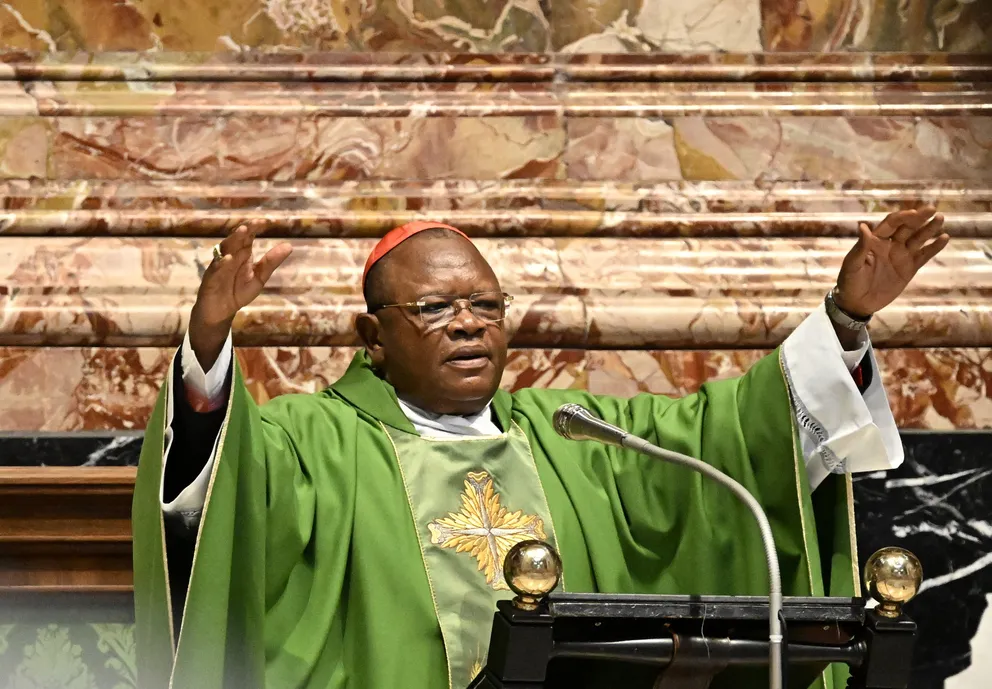
After each round of voting, the ballots are burned. Black smoke (fumata nera in Italian) signals no result; white smoke (fumata bianca) announces that a new pope has been elected. If a candidate accepts the role, he selects a papal name.
Moments later, the senior cardinal deacon appears on the basilica’s balcony and proclaims, “Habemus Papam,” which means, “We have a pope.” The new pontiff then offers his first blessing to the world.
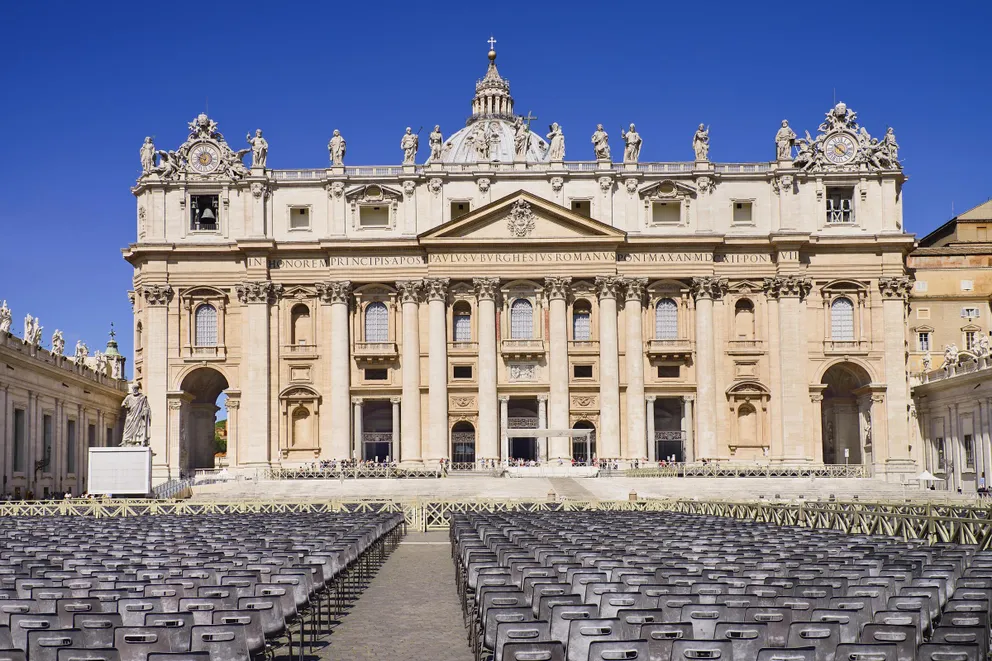
This moment marks not just the end of a centuries-old election ritual, but the beginning of a new era for the Catholic Church.
The outcome of the conclave will not only shape the Church’s internal direction but also influence how it engages with broader global issues. The pope plays a significant role in shaping conversations on diplomacy, ethics, and social justice, both within and beyond the Church.
Pope Francis defied expectations by softening the Church’s tone on LGBTQ inclusion, the death penalty, and environmental stewardship. The next pontiff may continue in that spirit or signal a return to a more traditional approach.
With the conclave approaching, the Church stands at a pivotal moment. The outcome will not only reveal a new leader but also shape the direction of global Catholicism for years to come.
